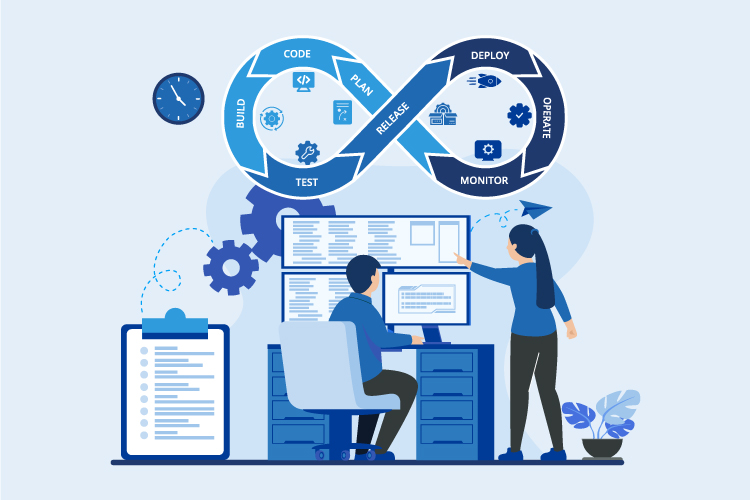Continuous Integration/Continuous Delivery CI/CD has undergone a remarkable evolution in recent years, transforming the landscape of software deployment and development practices. Initially emerging as a means to streamline the integration process and reduce the risk of errors in codebases, CI/CD solutions have since evolved into sophisticated frameworks that facilitate rapid and reliable software deployment. One of the key drivers of this evolution has been the adoption of DevOps principles, which emphasize collaboration and automation between development and operations teams. As organizations strive to release software updates more frequently and reliably, CI/CD has become a critical enabler of agility and innovation in software development. The evolution of CI/CD solutions can be traced through several key stages. Initially, CI tools focused on automating the process of compiling and testing code changes, allowing developers to detect and address integration issues early in the development cycle. However, as the scale and complexity of software projects grew, traditional CI tools proved insufficient for managing the entire delivery pipeline. This led to the emergence of CI/CD platforms that integrated additional capabilities such as automated deployment, environment provisioning, and release orchestration.

With the rise of microservices architectures and containerization technologies like Docker, CI/CD solutions evolved further to support these new paradigms. Container orchestration platforms such as Kubernetes became essential components of CI/CD pipelines, enabling organizations to automate the deployment and scaling of containerized applications with greater efficiency and reliability. Additionally, the concept of GitOps gained prominence, leveraging version control systems like Git to manage infrastructure as code and drive continuous delivery through declarative configuration. Another significant trend in the evolution of CI/CD solutions is the shift towards cloud-native architectures and serverless computing. Cloud providers like AWS, Azure, and Google Cloud offer a wide range of managed services that seamlessly integrate with CI/CD pipelines, enabling organizations to leverage the scalability and elasticity of the cloud for their deployment workflows. Serverless computing, in particular, has simplified the deployment process by abstracting away infrastructure management and allowing developers to focus on writing code.
Furthermore, the advent of artificial intelligence and machine learning has begun to reshape Benefits of CI/CD Pipeline, with AI-powered tools offering capabilities such as automated testing, code analysis, and predictive analytics. These tools can identify patterns and trends in software development workflows, enabling teams to optimize their CI/CD pipelines for improved performance and reliability. Looking ahead, the future of CI/CD is likely to be shaped by emerging technologies such as edge computing, blockchain, and quantum computing, each presenting unique challenges and opportunities for software deployment. Edge computing, for example, introduces new complexities around deploying and managing applications in distributed environments with limited resources and intermittent connectivity. Blockchain technology, on the other hand, offers potential solutions for enhancing the security and transparency of CI/CD pipelines through immutable audit trails and decentralized governance mechanisms. As organizations continue to embrace digital transformation and pursue new opportunities in the cloud, AI, and other emerging technologies, CI/CD will remain a vital enabler of innovation and competitive advantage in the software development landscape.